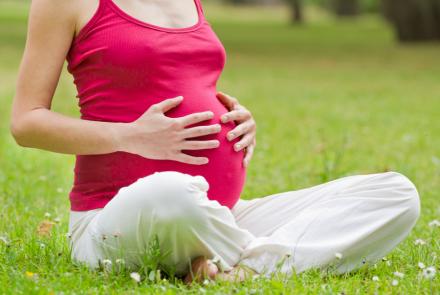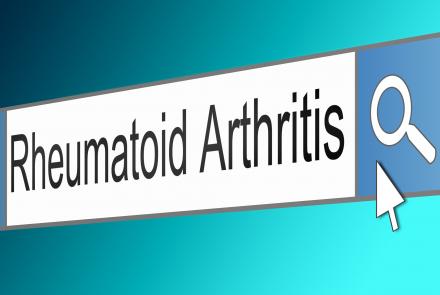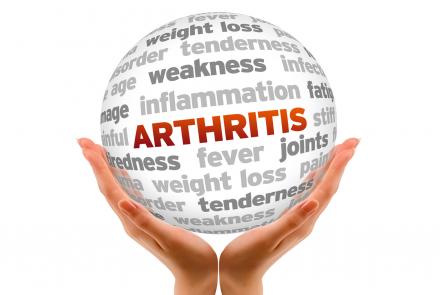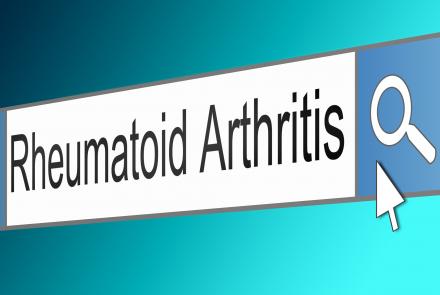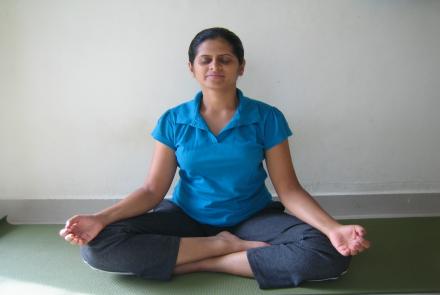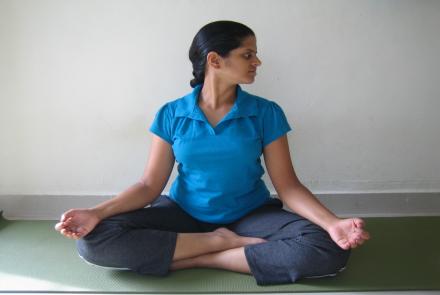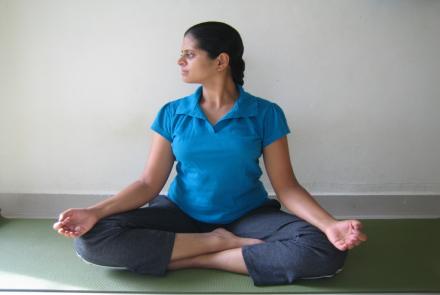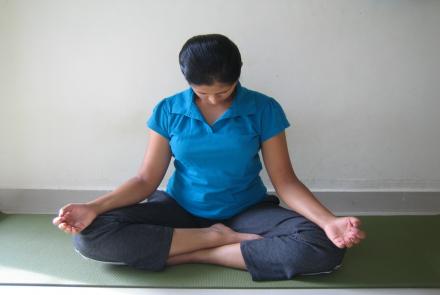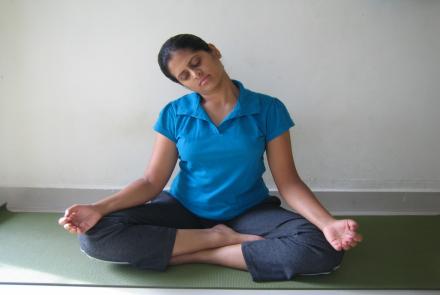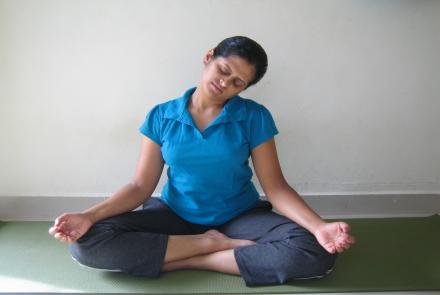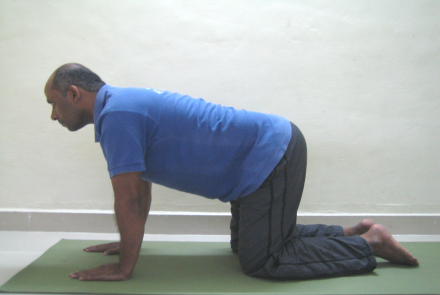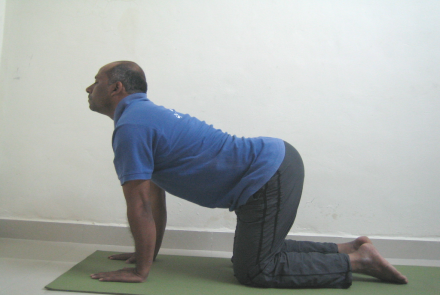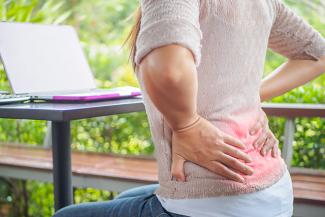
Dr. Pravin Patil, Rheumatologist gives a comprehensive overview of Ankylosing spondylitis (AS) and how it is different from spondylosis and regular back pain, tips on managing this condition and the role of exercise.
Ankylosing spondylitis (AS) is a disease of young adults. Regrettably, ankylosing spondylitis has very little identity unto its own. Anything with “spondylitis” is considered to be linked with old age or simple ‘wear and tear’. Adding the prefix “ankylosing” frequently adds little additional impact. The average individual still has very little appreciation for the vast differences between the two polar opposites: spondylosis (wear and tear in spine) and spondylitis (inflammation in spine). Only those stricken with the latter quickly learn to distinguish it from the former, the hard way.
Unfortunately, ankylosing spondylitis often remains misdiagnosed as ‘simple’ back pain for years. The symptoms, especially in the early stages, can be very similar to more common back problems. Because of this, many people put up with the pain for some time before seeking help. Also, widely available pain killers like Brufen, Combiflam, voveran mask symptoms of Ankylosing spondylitis.
What is ankylosing spondylitis (AS)?
Ankylosing spondylitis (AS) is a form of arthritis that affects the spine. It mainly causes pain and stiffness in lower back. Other joints and other parts of the body are sometimes affected.
The word spondylitis means inflammation of the spine. The word ankylosing means bones that tend to join together (fuse) across a joint. The spine's bones (vertebrae) fuse together, resulting in a rigid spine like bamboo.
What are the symptoms of ankylosing spondylitis (AS)?
Back pain
The main symptom is back pain. The pain usually starts in the lower back. It typically becomes gradually worse over several months. You may have pain over your buttocks, and down the back of your thighs. The buttock pain may be felt sometimes on one side and sometimes on the other side. Rest does not make it better. In fact, the pain may wake you from sleep. Instead, exercise and movement usually ease the pain. The pain tends to be worse first thing in the morning. The pain tends to ease as the day goes on.
Symptoms of inflammatory back pain-
- Starts before the age of 40 years
- Comes on slowly over time
- Worse in the mornings and evening
- Stiffness in the mornings or after period of inactivity
- Improves with exercise and worsens with rest
- Can often cause pain in the buttocks
Ankylosing spondylitis is a systemic disease, which means symptoms may not be limited to the joints. People with the condition also may have fever, fatigue, and weight loss. Eye inflammation (redness and pain) occurs in some people with spondylitis. In rare cases, lung and heart problems also may develop. Some people also have pain, stiffness and swelling in their knees, ankles, or the smaller joints of their hands and feet.
Who Is Affected by Ankylosing Spondylitis?
Ankylosing spondylitis affects about 1 in 200 population. AS most commonly begins between 15 and 25 years of age, but sometimes first develops in children and older adults. It is seen more commonly in men than in women. There may be a family history with two or more members of a family being affected.
What Causes Ankylosing Spondylitis?
Although the cause of ankylosing spondylitis is unknown, there is a strong genetic or family link. Most, but not all, people with spondylitis carry a gene called HLA-B27. Although people carrying this gene are more likely to develop spondylitis, it is also found in up to 8% of people who have no signs of the condition. Having this gene doesn’t mean you’ll definitely get AS.
Who should I see for AS? What is the difference between orthopaedic/spinal surgeon and rheumatologist?
Rheumatologists specialize in medical aspects of arthritis and orthopedic/spinal surgeons specialize in surgical aspects of arthritis. Ideally patients must first visit the rheumatologist as most rheumatic diseases do not require surgery. It is preferable to try medical interventions long before there is a need for surgery.
How Is Ankylosing Spondylitis Diagnosed?
The diagnosis of ankylosing spondylitis is based on several factors, including:
- Symptoms
- Findings of physical exam by an expert
- MRI scan or X-rays of the back and pelvis
- Results of lab tests
However, the symptoms, especially in the early stages, can be very similar to more common back problems. Because of this, many people put up with the pain for some time before seeking help. Unfortunately, ankylosing spondylitis may even be misdiagnosed at first. Ankylosing spondylitis is normally diagnosed by a rheumatologist.
What treatments are there for ankylosing spondylitis (AS)?
AS is managed through a combination of pain relief and exercises. With recent advances in management of AS there are a variety of treatments options available. Modern treatment aims at easing your pain and stiffness, keeping the spine mobile and thus helping you to live a normal life. A rheumatologist is an expert in this disease and should be consulted early in the course of the illness. Newer therapies (Biologics) used by the rheumatologist can slow and in some cases stop the disease progression. Simple painkillers will not prevent joint damage. It is a misconception that allopathy doctors only prescribe steroids and painkillers. Rheumatologists prescribe disease-modifying medications to help with symptoms and stop progression of disease.
Physical therapies for ankylosing spondylitis
Physiotherapy is a very important part of the treatment for ankylosing spondylitis. A physiotherapist can put together a programme of exercises that increase your muscle strength and help you maintain mobility in your spine and other joints. It’s especially important to exercise your back and neck to avoid them stiffening in a bent position.
A physiotherapist will advise you on how to maintain good posture and may also be able to offer you hydrotherapy, which involves special exercises in a warm-water pool.
Will changing my lifestyle help?
The two most important changes you can make are to start exercising and to stop smoking. There is little proof that changing your diet will help.
Can alternative therapy cure my AS?
Some people claim to have been cured by treatment with herbs, oils, special diets or exercise alone. However, there is no scientific evidence that such treatments cure arthritis. Importantly, these unregulated treatment modalities may cause serious side effects. Also, delayed treatment can cause irreversible joint damage.

Dr Pravin Patil is a consultant rheumatologist with extensive experience in modern treatment of arthritis and related autoimmune diseases. He has gained vast experience during 10 years of practice in prestigious hospitals in UK like University College London, Royal Free, Whipps Cross and Sounthend University Hospital. He has published various scientific papers and review articles and has regularly presented his work at the American College of Rheumatology, British Society of Rheumatology.

